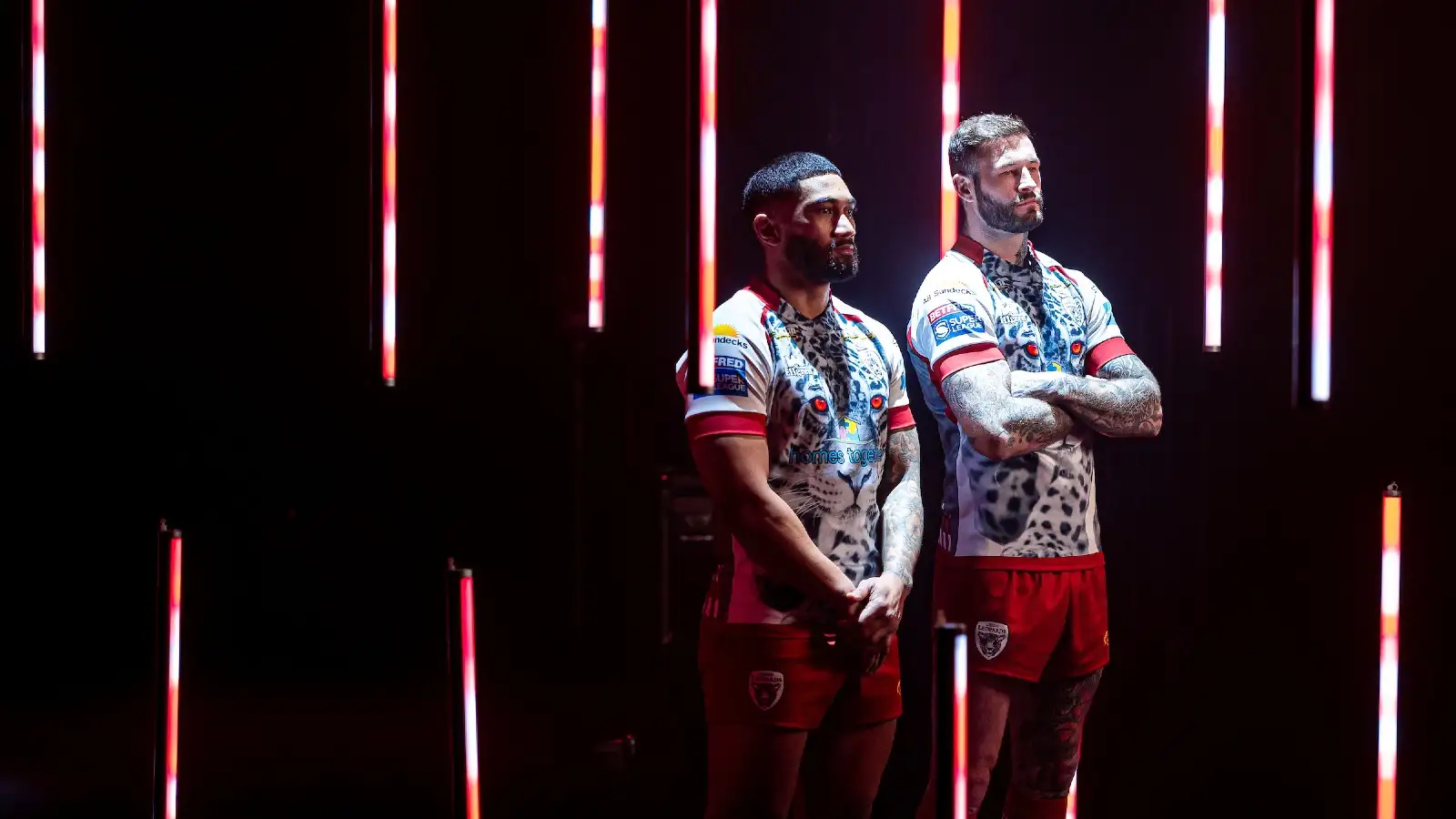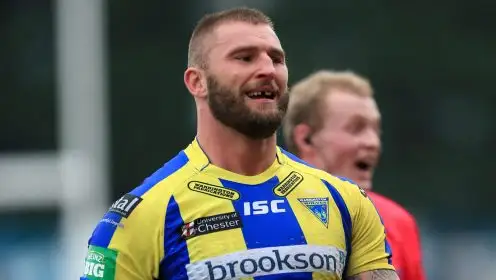Explained: How the club voting process for IMG’s proposals will work

Picture by Alex Whitehead/SWpix.com
The latest d-day in rugby league’s coloured history is on the horizon, with April 19 the date when clubs will have their definitive say on IMG’s re-imagining rugby league proposals.
It is nearly a year since Super League and the RFL announced a 12-year deal with global sports marketing experts IMG.
Their initial consultation and review of the sport led to a series of recommendations, since formalised in to a proposal that clubs will vote on.
The early recommendations received a generally positive response from clubs, with only Keighley voting against them.
Keighley have been vociferous in their opposition, even taking aim at the voting process via a letter from local MP Robbie Moore distributed to all clubs earlier this week.
In it, Moore wrote: “I understand the voting rights are weighted to favour Super League clubs, who have two votes each, compared to the one vote that those below the Super League will have. All of this, in my view seems unfair, and a mechanism which I do not believe will have the support of the wider fan base.”
The voting system broken down
When approached to clarify, the RFL confirmed the voting process and that the current system dates back to 2006.
Neither Catalans or Toulouse have a vote on the IMG proposals, as they are not RFL council members. West Wales Raiders, despite withdrawing from League One ahead of the 2023 season, retain their right to vote as they remain members.
In total, there are 35 clubs that can vote – 11 English Super League clubs, 13 English Championship clubs, the current 10 League One clubs plus the Raiders.
There are seven other organisations from the community game that have a vote – Tier 4 competitions (NCL and Southern Conference League), Tier 5 competitions (such as North West Men’s League), Youth and Junior Leagues, Armed Forces, BARLA, Schools Rugby League and Universities and Colleges.
Although that equals 42, the total vote number will be 55.
This is because the Super League clubs are considered as one block, with the Championship and League One clubs considered as another block.
As Championship and League One hold 24 votes together, it means the Super League clubs all effectively get two votes each to match the 24 figure. This was introduced when Championship and League One were branded together as National Leagues. With only 11 English clubs in the top flight currently, the vote number for each Super League club increases slightly to 2.18.
Those two lots of 24 and the seven from the community game give the total of 55.
The current voting system was brought in to ensure that one block couldn’t gain a majority of votes, without support from other areas.
While a majority of 28 is required to pass the vote, it must include four from each block – so at least four Championship or League One clubs would need to vote for the proposals for them to go through, even if every Super League club did pass them too.
The general feeling is that there will be enough support to pass the vote.
What remains unclear is what would happen if the vote isn’t passed – while that is thought to be unlikely, it would presumably result in IMG walking away from the sport without a mandate to continue.
The latest on IMG’s proposals
Earlier this week, it was announced that a couple of tweaks had been made the original proposals submitted by IMG.
That included a change to the catchment category, which has now been renamed “Community” and will include points for work done by the clubs in their local areas.
The finance pillar has been changed to carry less total points, with a small amendment to the Fandom pillar putting greater emphasis on overall engagement.
Further minimum standards have been implemented too, including foundations, a talent and performance pathway, a women’s team and equality, diversion and inclusion.
Clubs can lose grading points for failing to comply with the standards.
What the RFL have said about the IMG update
RFL chief executive, Tony Sutton, said: “The RFL and RL Commercial are grateful to clubs and other Council members for their constructive engagement since the proposals were presented last month.
“Throughout the process, we have worked with our strategic partner IMG to keep stakeholders informed – including supporters through the media and our own digital channels.
“Our aim for the period since the proposals were first presented has been simple – that going into the vote, clubs will be making an informed choice.
“As a result of feedback, we have worked with IMG to amend the club grading criteria to provide greater recognition for clubs’ engagement with their communities through their Foundations – which strengthens the category previously known as Catchment.
“The development of Foundations has been one of the great successes of Rugby League in recent years – enhancing the contribution the sport makes in the communities in which it is established – so it is absolutely right that this is now included in the criteria.
“The Minimum Standards underpin the club grading criteria – we have been working with clubs to introduce such standards in recent years, and this process helps us embed best practice that clubs currently show with the aim of raising standards more widely to the advantage of the sport as a whole.
“Crucially, this process remains democratic as well as informed and transparent. The clubs and other Council members will decide later this month whether or not the sport accepts the recommendations that overwhelmingly last Autumn we as a game asked IMG to develop for us and bring forward. We look forward to dialogue continuing over the coming weeks.”
MORE: IMG reveal grading criteria with five key areas highlighted



